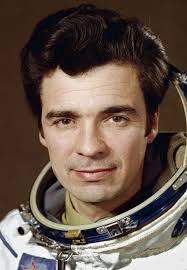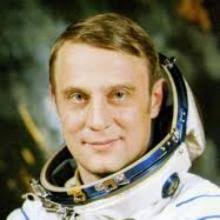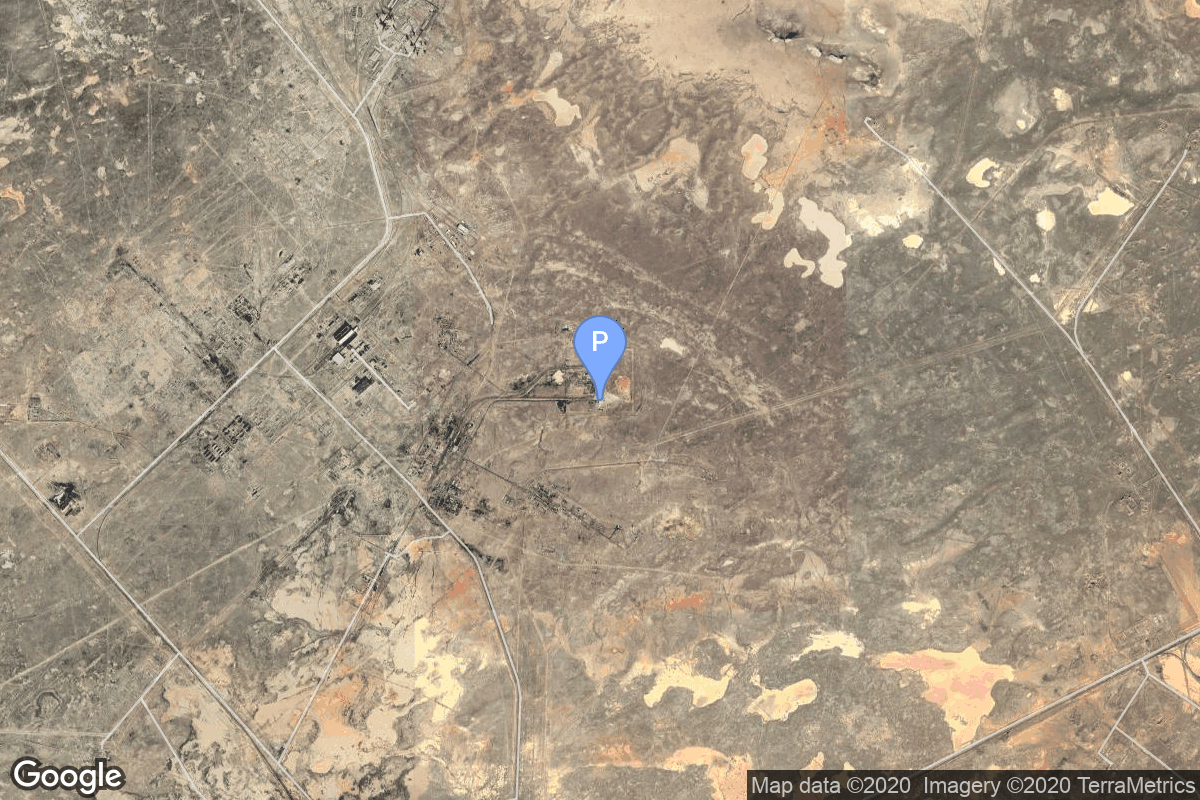Soyuz 23
Soyuz
Soviet Space Program
Crew

Vyacheslav Zudov
- Birthday: 01/08/1942
- Role: Commander
- Nationality: Russian
- First Flight: 10/14/1976
- Last Flight: 10/14/1976
Vyacheslav Dmitriyevich Zudov is a retired USSR cosmonaut.
He was selected as a cosmonaut on 23 October 1965, flew as Commander on Soyuz 23 on 14–16 October 1976 and retired on 14 May 1987.

Valery Rozhdestvensky
- Birthday: 02/13/1939
- Role: Flight Engineer
- Nationality: Russian
- First Flight: 10/14/1976
- Last Flight: 10/14/1976
Valery Ilyich Rozhdestvensky (Russian: Валерий Ильич Рождественский, 13 February 1939 – 31 August 2011) was a Soviet cosmonaut.
Rozhdestvensky was selected as a cosmonaut on 23 October 1965 and flew as Flight Engineer on Soyuz 23. After his space flight he continued to work with the space program at the Yuri Gagarin Cosmonaut Training Center.
Mission
Soyuz 23
- Type: Human Exploration
- Orbit: Low Earth Orbit
Soyuz 23 was meant to be the second crewed flight to the Salyut 5 military space station. The mission began on October 14, 1976, 17:39:18 UTC, launching Commander Vyacheslav Zudov and Flight Engineer Valery Rozhdestvensky into orbit. They arrived at the station, but equipment malfunction did not allow docking and the mission had to be aborted
Soyuz 23 returned to Earth on October 16, 1976, 17:45:53 UTC, with an unintended splashdown in partially frozen Lake Tengiz. The capsule sunk, and due to fog and other adverse conditions it took nine hours for the rescue team to recover the capsule and crew.
Location
Rocket
Russian Federal Space Agency (ROSCOSMOS) Soyuz
Agency
Soviet Space Program
The Soviet space program, was the national space program of the Union of Soviet Socialist Republics (USSR) actived from 1930s until disintegration of the Soviet Union in 1991.
The Soviet Union’s space program was mainly based on the cosmonautic exploration of space and the development of the expandable launch vehicles, which had been split between many design bureaus competing against each other. Over its 60-years of history, the Russian program was responsible for a number of pioneering feats and accomplishments in the human space flight, including the first intercontinental ballistic missile (R-7), first satellite (Sputnik 1), first animal in Earth orbit (the dog Laika on Sputnik 2), first human in space and Earth orbit (cosmonaut Yuri Gagarin on Vostok 1), first woman in space and Earth orbit (cosmonaut Valentina Tereshkova on Vostok 6), first spacewalk (cosmonaut Alexei Leonov on Voskhod 2), first Moon impact (Luna 2), first image of the far side of the Moon (Luna 3) and unmanned lunar soft landing (Luna 9), first space rover (Lunokhod 1), first sample of lunar soil automatically extracted and brought to Earth (Luna 16), and first space station (Salyut 1). Further notable records included the first interplanetary probes: Venera 1 and Mars 1 to fly by Venus and Mars, respectively, Venera 3 and Mars 2 to impact the respective planet surface, and Venera 7 and Mars 3 to make soft landings on these planets.

